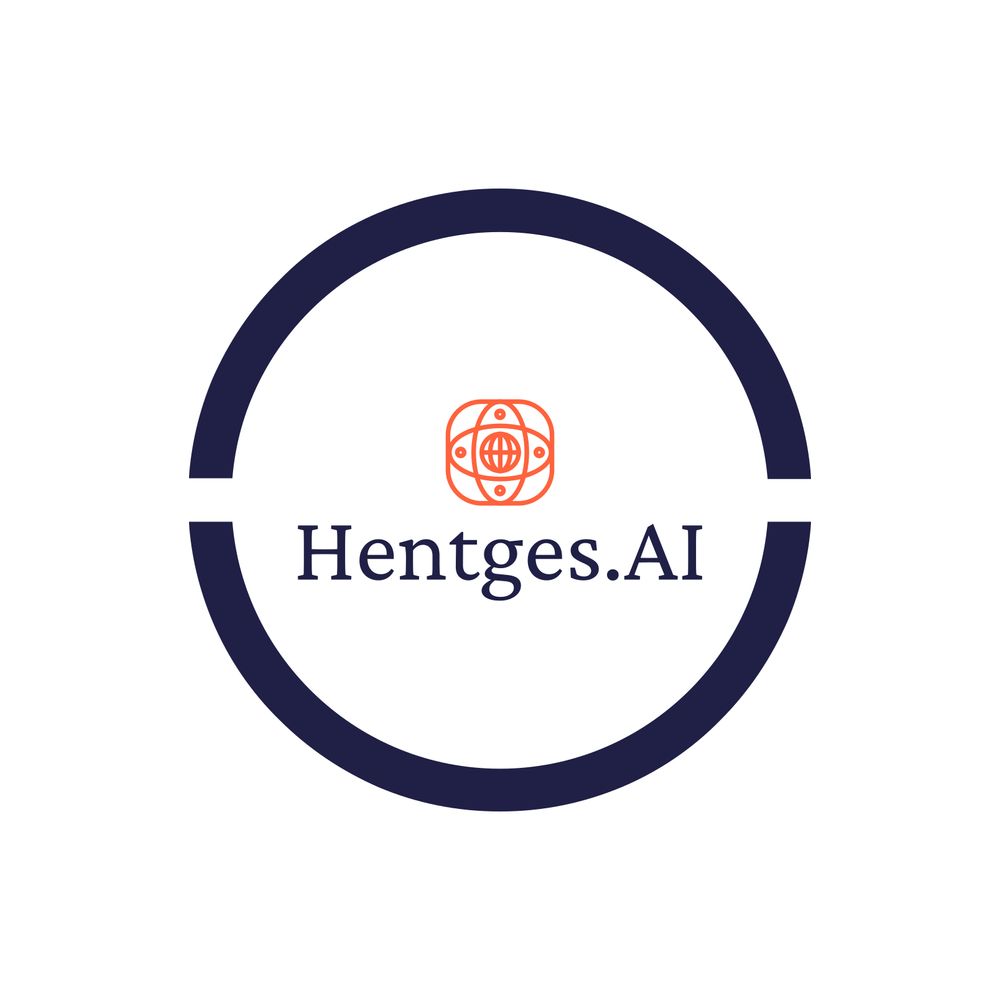544 reads
Raspberry Pi Wireless Thermostat - in Rust!
by
October 26th, 2022
Audio Presented by

Ex-CTO, unix/C hack from ages ago - now diving into all the new/cool technologies I never had time for!
Story's Credibility



About Author
Ex-CTO, unix/C hack from ages ago - now diving into all the new/cool technologies I never had time for!